Kraków 2011-02-02
Balice Airport.
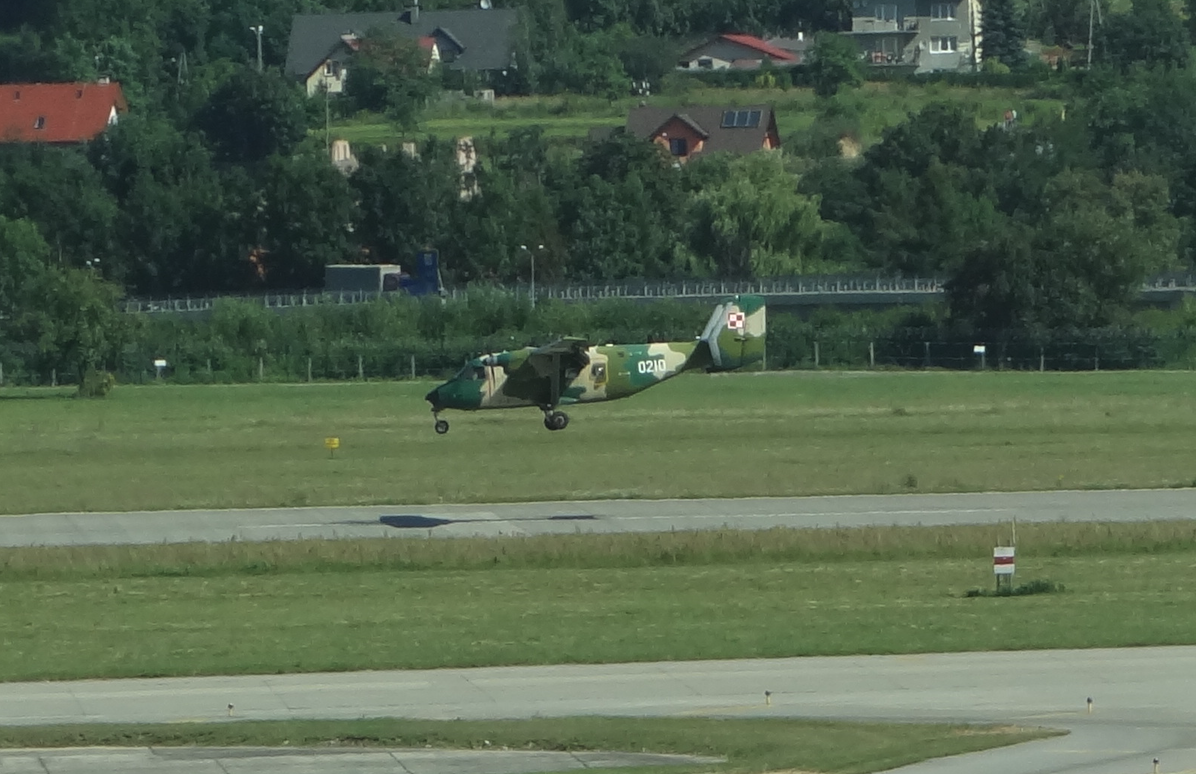
The PZL M-28 B Bryza-TD aircraft no. AJG 002-10 nb 0210 was delivered to the Polish Army as part of the third production series. Airframe analogous to the M-28-05 Skytruck, with a total weight of 7,500 kg. The plane is used at the 8th Transport Aviation Base in Balice.
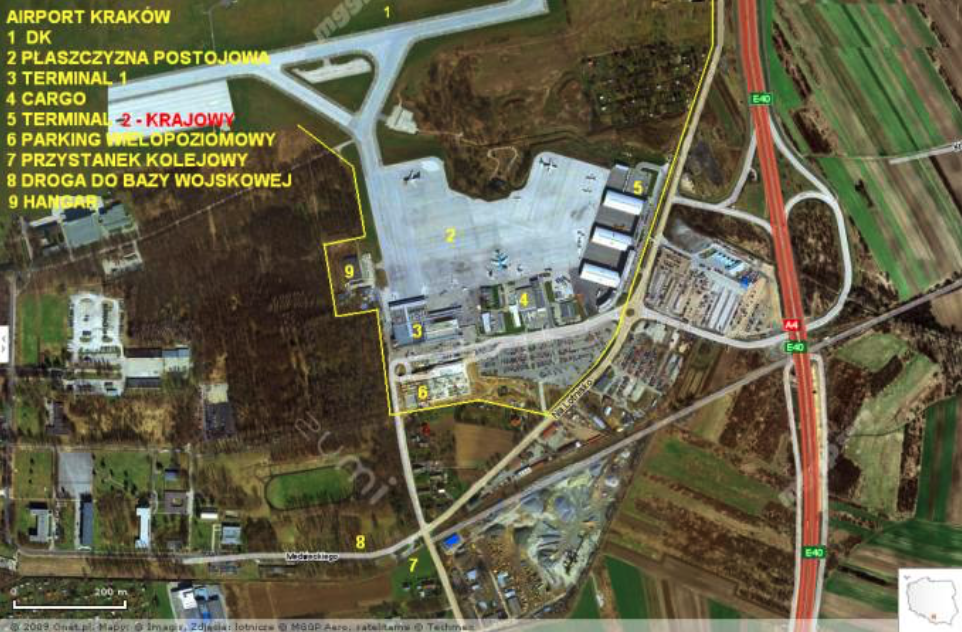
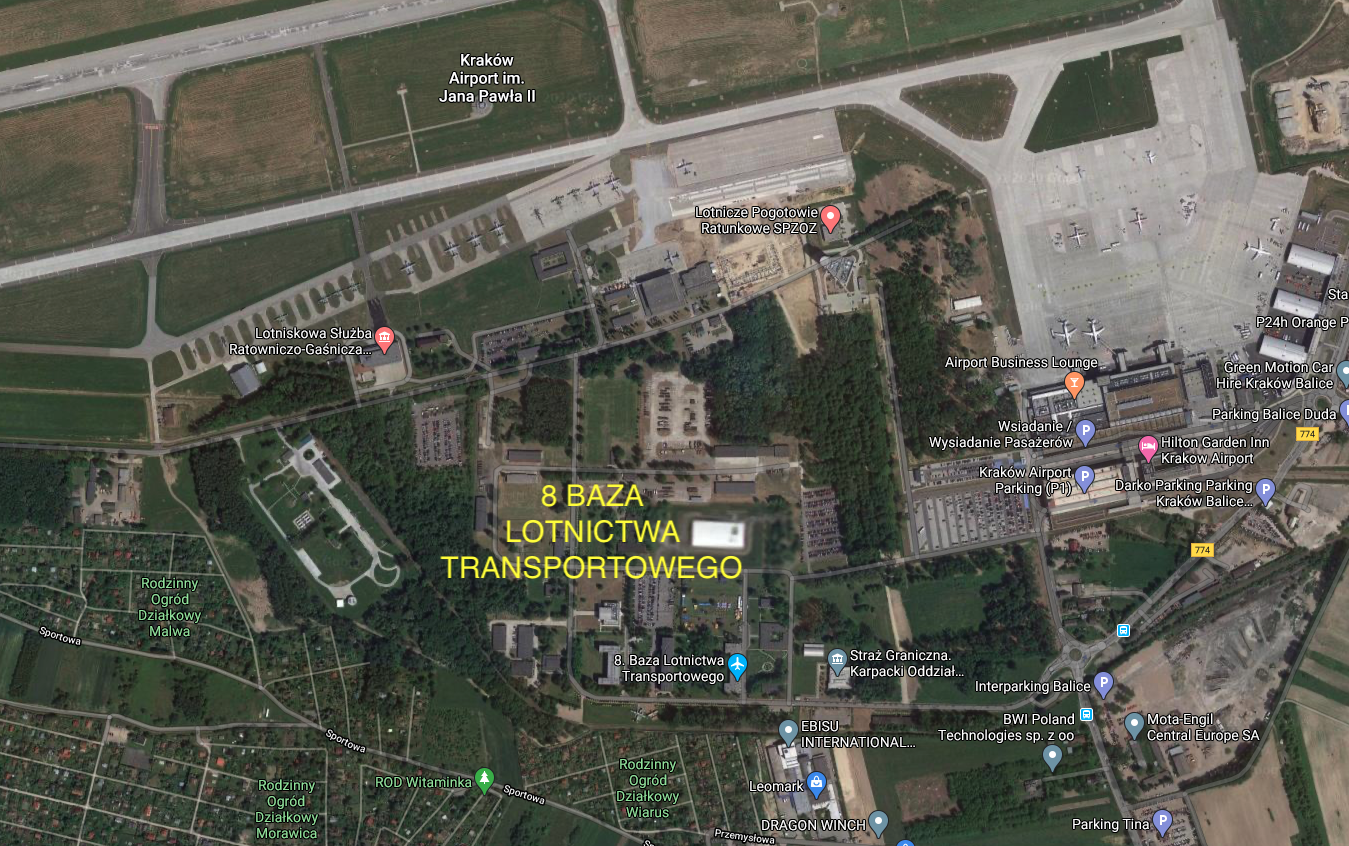
Polish Army Aviation in Balice. 2009 year.
The 8th Transport Aviation Base is a very important aviation unit in the Polish Army. Transport aircraft have been based in Balice for 60 years. There were planes here; Il-14, An-2, An-12, An-26. In the new century, PZL M-28 and CASA C-295 M transport aircraft arrived here. The 8th Transport Aviation Base, although its area is decreasing, is systematically modernized.
At the beginning of the 20th century, the main entrance gate to the military unit was moved. From the beginning of the existence of the military unit, the main entrance gate to the military area was located at the intersection on provincial road No. 774. The road south leads to Kryspinów. The road to the east leads to Balice. The road to the north was one way to the airport. To the west there was a gate and a pass office.
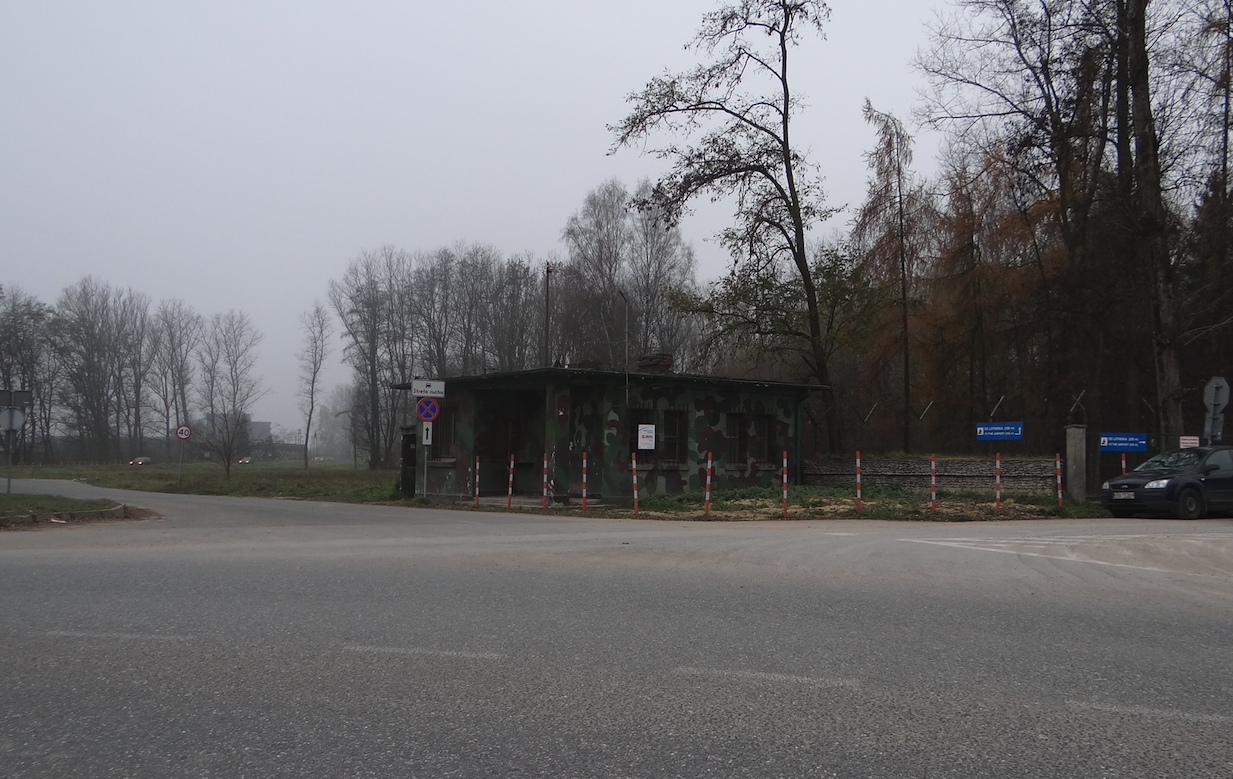
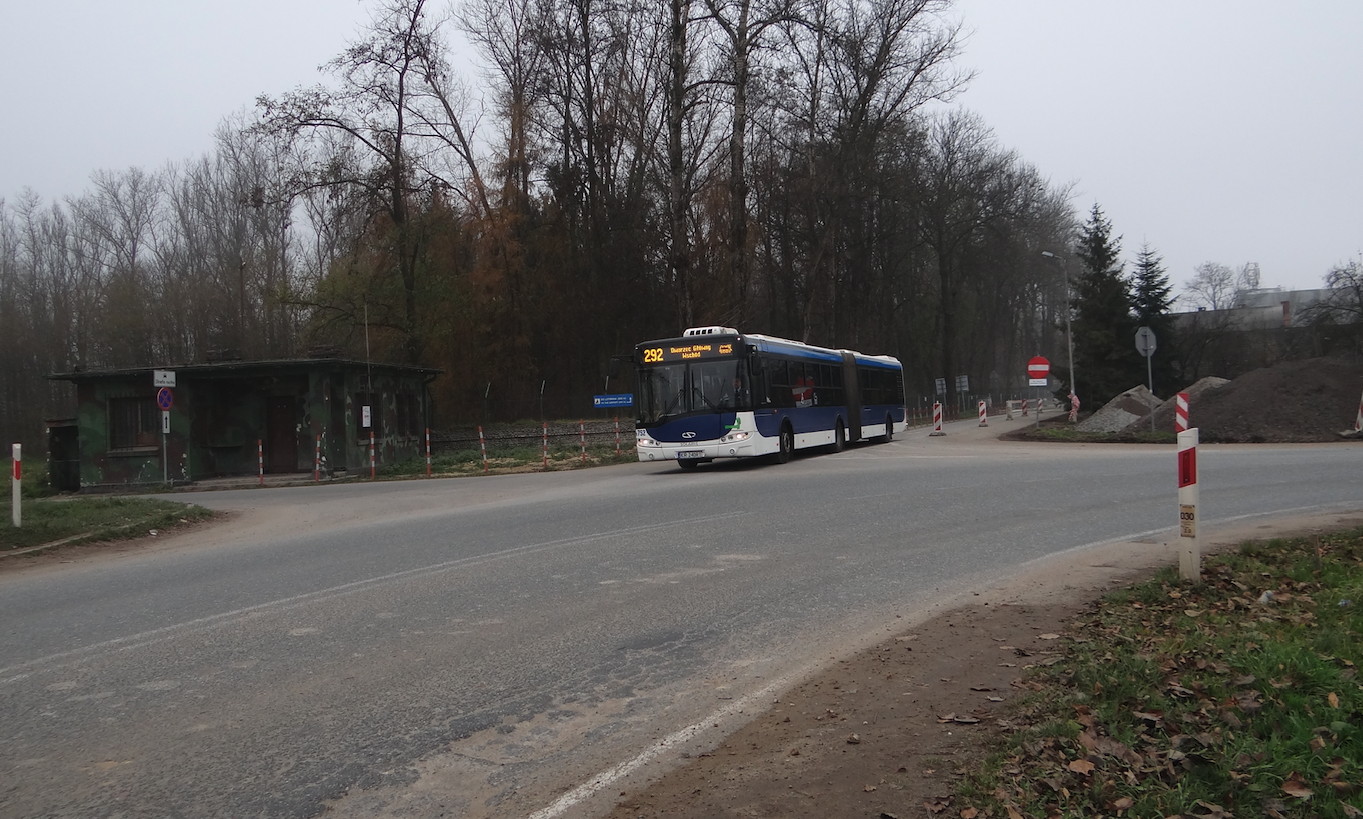
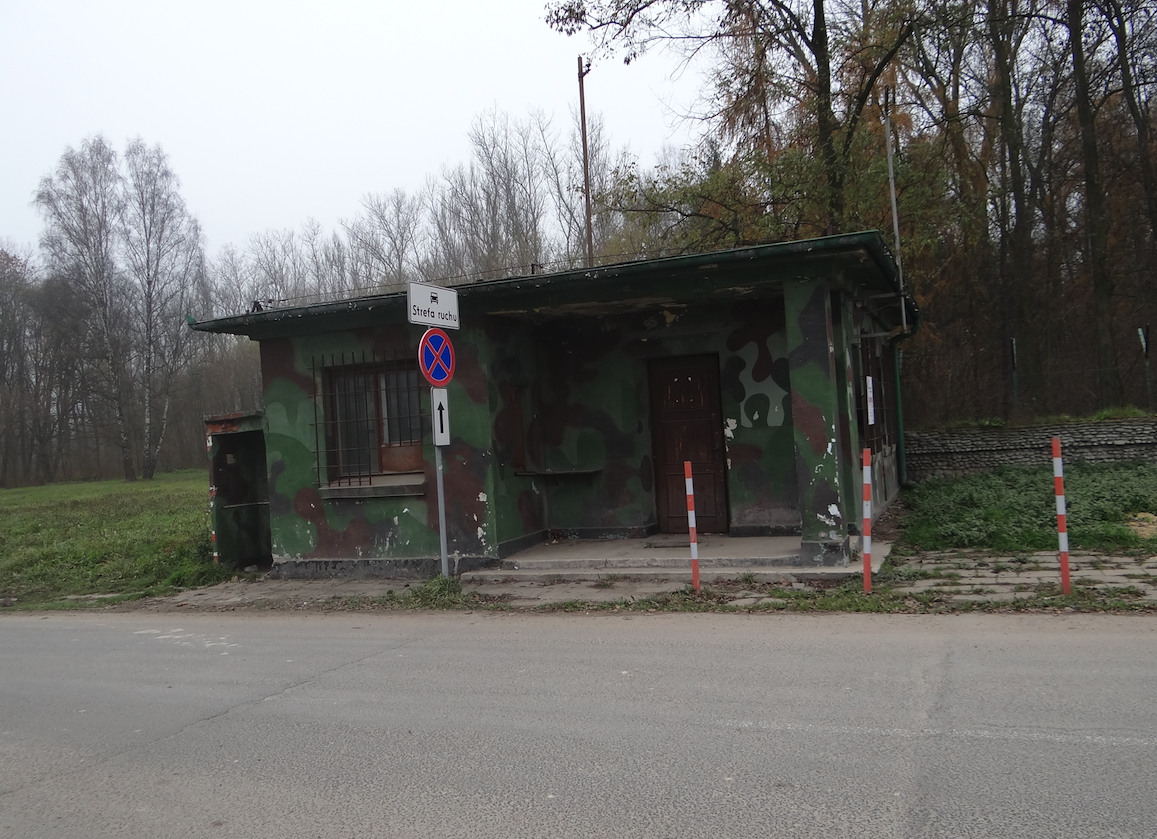
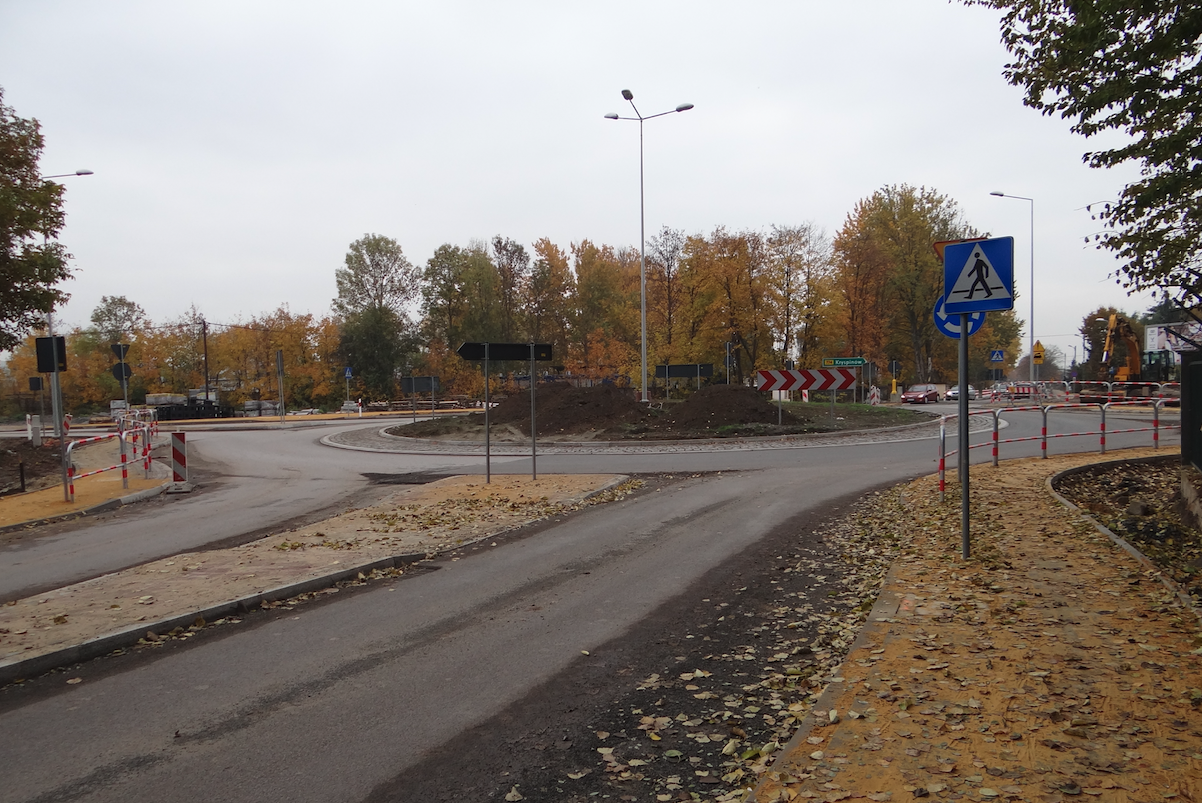
In 2015, the intersection was rebuilt into a roundabout. In the photo, straight ahead is the road to Kryspinów. The pass office building was demolished. The railway tracks were left.
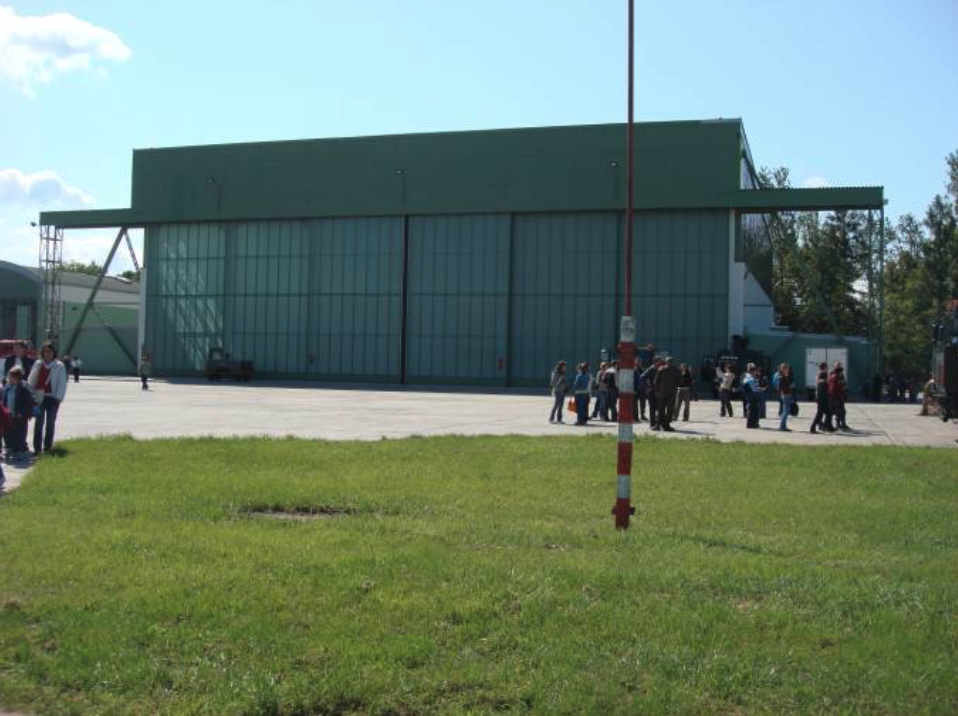
A modern hangar at the 8th Transport Aviation Base was put into operation in 2003 as a service center for CASA C-295 M aircraft. The hangar was built in place of an old hangar that had been serving the army since 1965.
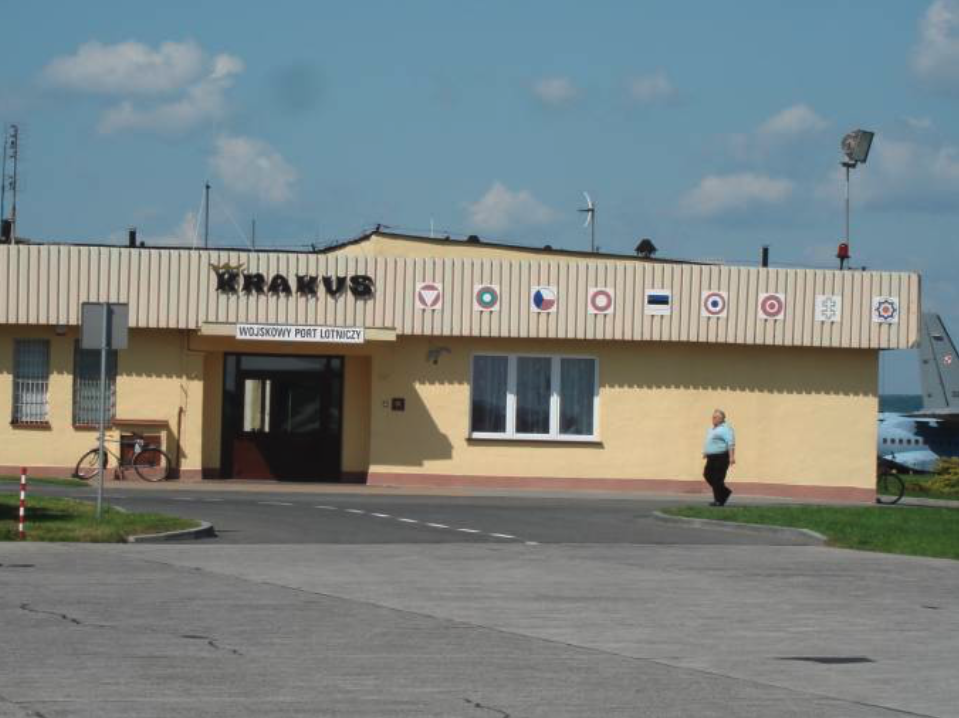
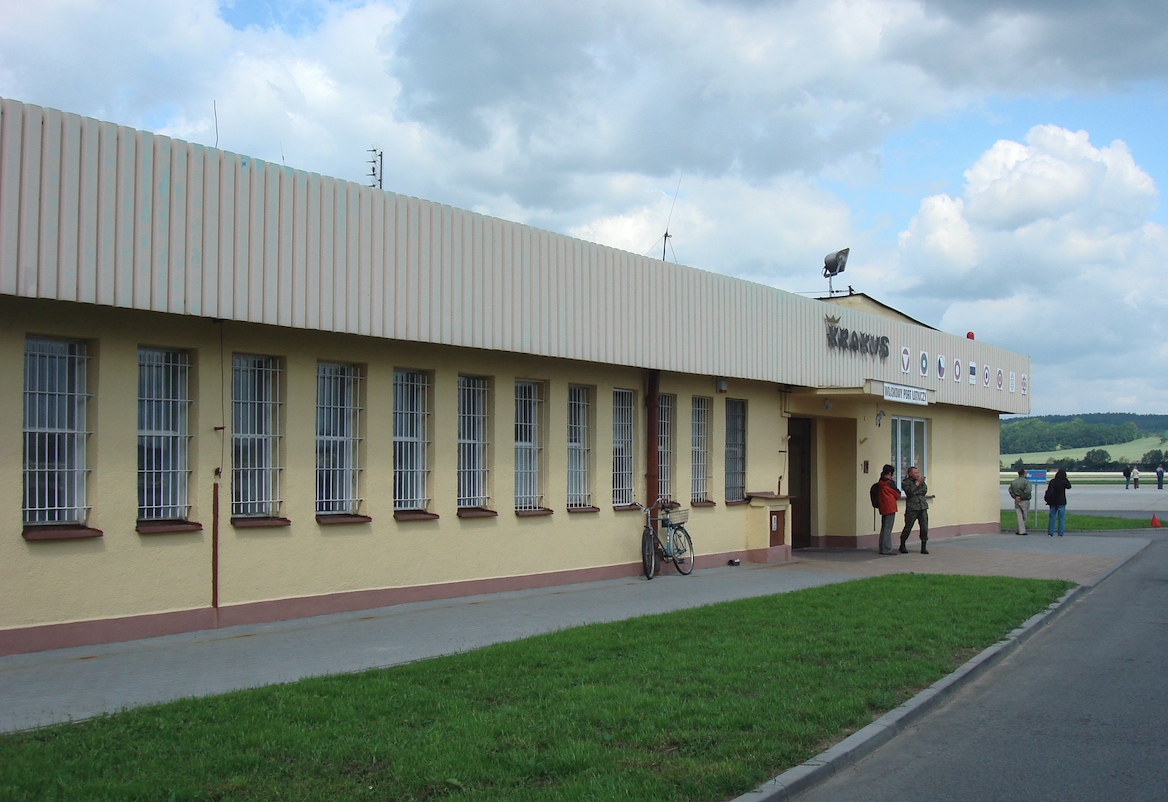
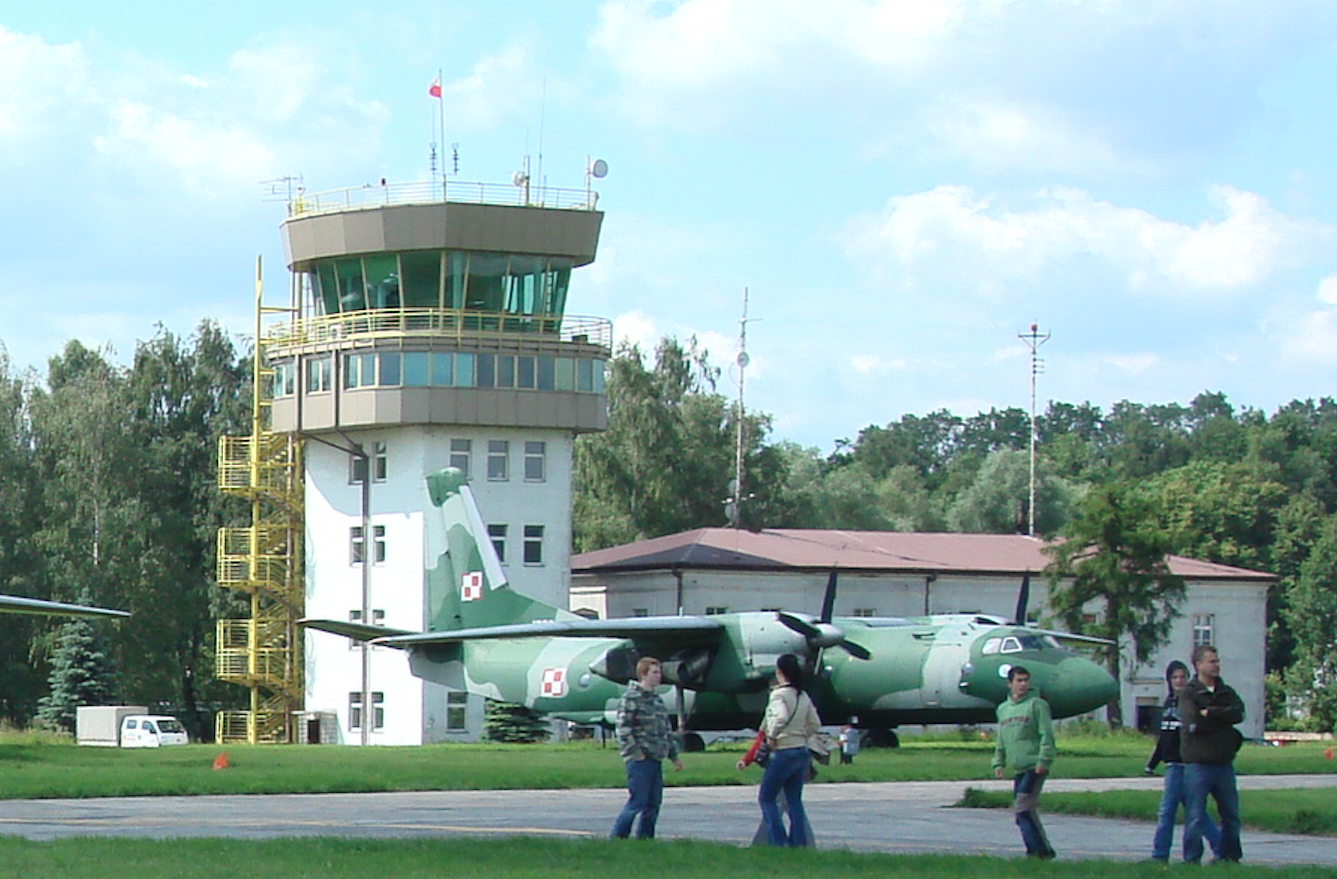
The air traffic control tower in the military part of the airport was used until 2018, when its function was taken over by a new air traffic control tower.
Runway.
The airport is equipped with one DS (RWY) with a concrete surface, dimensions 2,550 × 60 meters and direction 07/25. This road has a concrete surface with a strength of PCN 52/R/B/W/T and allows the operation of most types of passenger and transport aircraft. A parallel emergency runway with a grass surface is located on the northern side of the runway.
The concrete RWY was built in 1955, with dimensions of 2,400 (2,200) m x 60 m. At that time, it was mainly used by fighter aircraft of the Yak-23 and Lim-1/2 types, and from 1963, transport aircraft of the Li-2 type, An-2, Il-14. The Runway (RWY) was renovated every few years. Some of these renovations were aimed at increasing its durability in connection with the landing in Balice of heavier aircraft, mainly An-12 adopted by the Polish Army. In 1980, further works were undertaken, this time modernization, which consisted in extending the RWY by further meters. Since the terrain significantly limits the possibilities of extending the RWY, sections were added on both sides. RWY has reached a length of 2,550 m. After the last renovation, it has a strength of PCN 52/R/B/W/T, which means that even B 747, C 5, An-124 and An-225 planes can land on it, but without full load due to limited length.
Currently (2008) there are plans to extend the RWY by another 250 m to 2,800 m, but it must be eliminated, or more precisely, the mountain must be cut by 8 meters at the last stage of the glide path. This will ensure that the take-off and landing requirements of Boeing B-767 aircraft and other aircraft with higher loads are met. This already seems to be the end of the development possibilities of the flight field. Cutting down the mountain would have been a very expensive undertaking, so it was not done. A plan was created to build a second RWY.
In general, in terms of runway and landing approach, Balice Airport may at some point fail to meet the requirements of constantly improved safety standards. There is no chance of building a second runway at the airport. There is no suitable area. Building a RWY parallel to the current one is not even an option. From the north, behind the fence, there is a highway. But you can set the runway at a different angle and this way there will be no mountain on the approach to landing.
In terms of average winds, Balice Airport is one of the typical Polish airports. Most winds blow from the west and it is at the direction of 25, i.e. 250 degrees, that most takeoffs and landings are made. The approach to landing in Krakow in this direction is also not great. When the planes used to calibrate radio guidance devices, called Parrots, performed their tasks in the 1980s, they had to perform about 150 flights (occurrences) in Balice, and only 30 flights in Okęcie. In addition, there is now another technique for building a landing maneuver. Before the penultimate turn, the planes have a ceiling of about 500 m above the ground, and the distance to the airport is about 20,000 m, so the airport is not visible to them. This is a low point. While back in the 1970s, at 20,000 m before the airport, the plane was much higher.
Maybe it is because of these more difficult conditions that no take-off or landing disaster occurred in Balice. Pilots are more focused and do not take so-called shortcuts. We have in mind the disasters in Słupsk and Rzeszów.
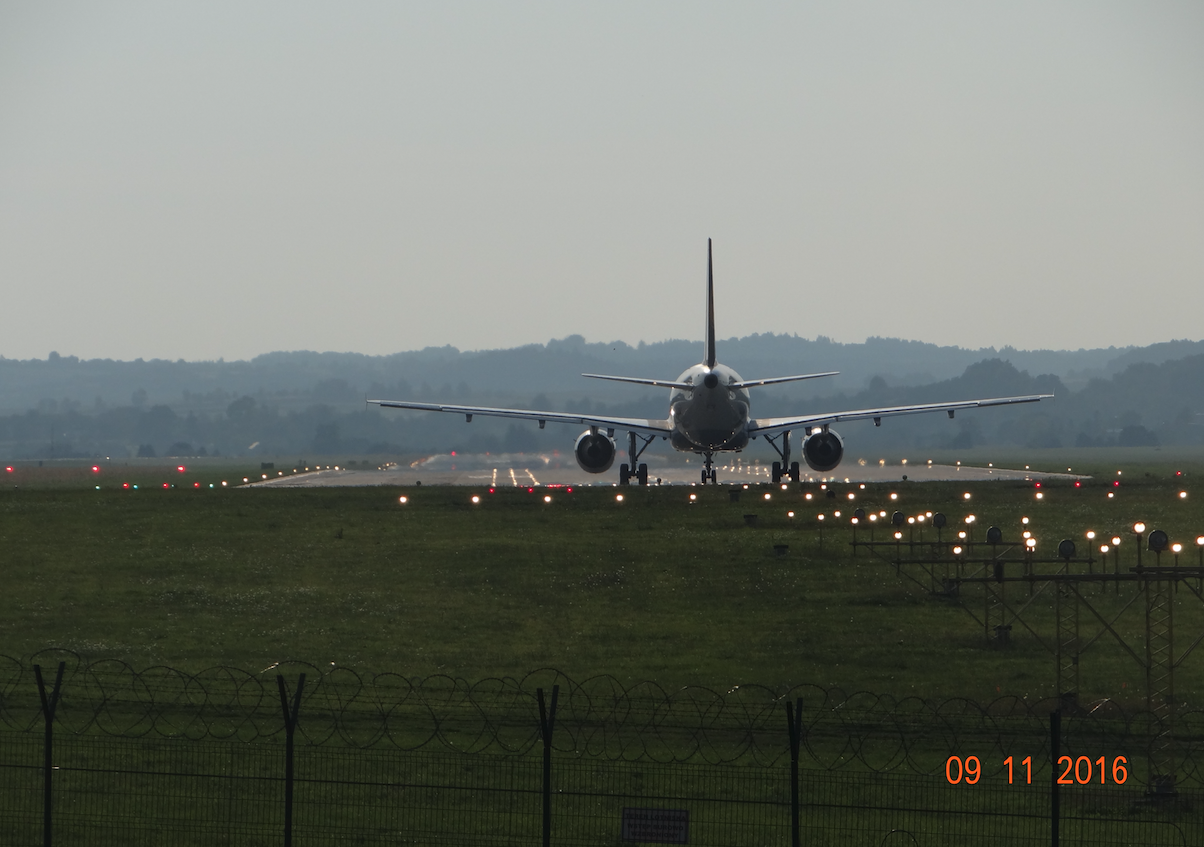
Taxiways and staging areas. 2009 year.
On the southern side of the RWY there is a parallel taxiway, with a length equal to the runway and a width of 38/23 m. It is connected to the runway by 5 connectors. Two exit routes (A, F) from the runway are located at its ends, and there is also a Y-shaped taxiway connecting the runway with the civilian apron.
Approximately 300 m from the dormitory threshold, opposite the passenger and cargo terminal buildings, there is an aircraft parking apron. Until 1997, the apron had an area of approximately 20,000 square meters. At the end of 1997, a new, enlarged apron with an area of 50,000 square meters was put into use. It was designed for approximately 650,000. passengers per year, with 11 parking spaces. It allows parking only: four B-737 aircraft, three ATR-72 aircraft and one B-767 aircraft; the remaining three positions were intended for small aircraft (code A). In December 2003, another part of the parking area on the eastern side was put into use. The total area of the slab is 92,000 square meters. At the same time, it can park 17 medium-sized aircraft, including 1 B-747 class aircraft, 5 B-767 class aircraft, 5 B-737 class aircraft, 3 ATR-72 class aircraft, 2 Cessna class aircraft and one C-141 class aircraft. B (freight). The slab has a concrete surface with a load capacity of PCN 60.
When Terminal 3 is built, another apron and an additional taxiway will be built.
The military part of the airport has its own parking areas. Since 1955, the military PPS has been expanded many times.
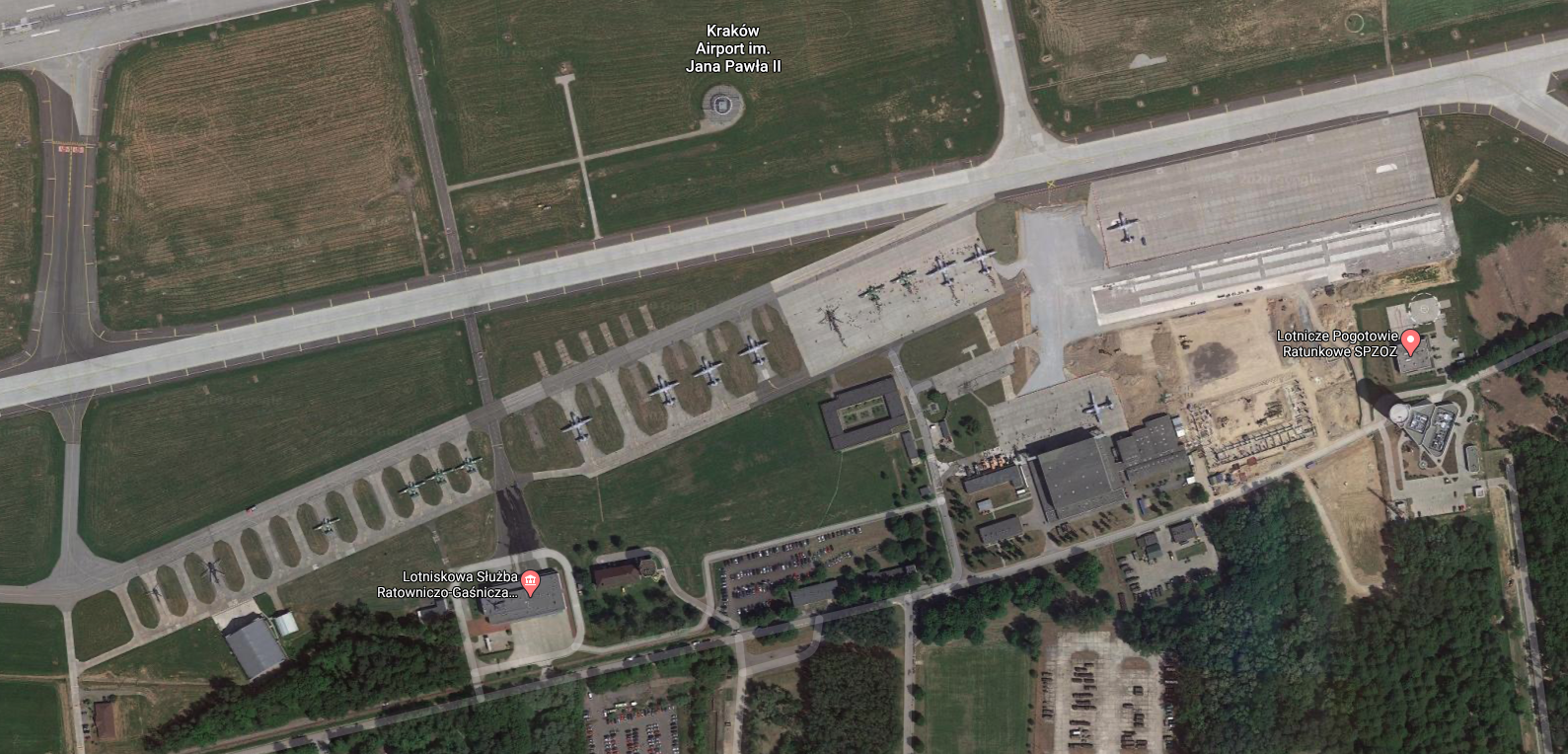
DS lighting system (RWY). 2009 year.
On direction 07 there is a simplified system of IDMAN landing approach lights. An ALPA - ATA Cat. approach lighting system is installed on direction 25. II with a flash lamp system and an ILS precision landing approach system with the potential to operate in the highest category II. DS and taxiways have edge lights. There is also lighting for the thresholds and ends of the runway, the central axis and the touchdown zone.
Approach lights on direction 25, ALPA-ATA type, extend for 900 m from the DS threshold at 30-meter intervals (white). Due to the shifted threshold in direction 25 over a length of 240 m, they are embedded in the DS surface. Additionally, along the length of 300 m from the DS threshold, on approach 25, side lights are installed at 30-meter intervals symmetrically on both sides of the approach axis (red), and at a distance of 300-900 m from the DS threshold, side lights are installed axially at 30-meter intervals. meter flashing lights (white).
Threshold and wing lights in direction 25. Threshold lights in direction 25 are lights embedded in the DS surface and wing lights are ground lights - at a distance of 2,310 m from the threshold in direction 07 (green).
The DS edge lights are placed symmetrically on both sides of the DS at 60-meter intervals - generally white, but at distances of 600 m from both ends of the DS they are white-yellow and yellow-white, respectively, and on the approach side 25 to the displaced threshold seen as red. The DS end lights are red.
The threshold lights on direction 07 are green ground lights. The approach lights on direction 07 (the so-called "simplified cross") extend for 420 m from the DS threshold at 30-meter intervals. At a distance of 300 m from the threshold there is a 30 m wide crossbar (white lights).
The DS central axis lights are lights embedded in the DS surface at 30-meter intervals. The touchdown zone lights extend for 900 m from threshold 25 towards the west at 30-meter intervals (recessed white).
Taxiway lights are ground, edge lights (blue).
Air traffic control. 2009 year.
The Polish Air Navigation Services Agency (PANSA) in Krakow includes: Kraków Field Approach and Airport Control Team (ARJT KK), Kraków Field Technical Department (ATT KK), Kraków Field Radiolocation Team (ATTT KK), Kraków Aviation Information Department (APIB KK). ), Air Information Department Kraków (ARIZ KK).
The Kraków Airport Area Control Team fulfills statutory duties in the field of area control with a radius of 27 km from the airport, from the ground to an altitude of 7,300 m and cooperates in close coordination with the Warsaw FIR Area Control and with ACC Prague, ACC Bratislava.
The air traffic control tower at Kraków airport is located in the central part of the airport, approximately 500 m south of the runway. The foundation of the tower does not allow for insight into the situation on the platform of the Civil Airport.
Air traffic services in Krakow have at their disposal a radar from the British company MARCONI SRE and ASR, i.e. it consists of a primary and secondary radar.
The APP Kraków Approach Control Service operates within a radius of 130 km from the Kraków airport. From the secondary radar it receives information from the airspace from approximately 450 km. Radio communication is provided by a modern ROHDE & SCHWARZ 200 series system. Additionally, Kraków Airport is equipped with a modern VAISALA weather protection system and the ATIS system by UHER. A precise ILS landing system is also installed at Kraków Airport. Meteorological cover is provided by the IM and GW facility, i.e. the Airport Meteorological Office, which is located at the Krakow airport.
Turn. 1963 year.
1963 was a breakthrough year for Balice Airport. The 2nd PLM based here was officially disbanded. Its equipment (Lim-2/5 fighters) and part of the staff were transferred to Łask Airport to 10 PLM. However, the traditions, number and honorary name "Kraków" were taken over by the unit based in Goleniów (2/4 PLM). At the Balice Airport, the new 55th Transport Aviation Regiment was established, in accordance with Order No. 040 of April 29, 1963. 55 PLTr became the continuator of the tradition of the 13th Transport Aviation Regiment, reformed by Order No. 91 of October 31, 1944, of the Commander-in-Chief of the Polish Army from the 713th Transport Aviation Regiment, 6th Air Army of the Soviet Air Force.
On May 8, 1963, the command of the 55th PLTr was formed, consisting of: Commander Colonel Pilot Aleksander Milart. Deputy commander for political affairs, Major Jan Madej. Chief of Staff Major Mieczysław Hereda. Deputy for supplies, Lieutenant Colonel Kazimierz Srótek. Deputy for engineering and technical matters, Major Edward Ostrowski. Commander of the aviation squadron, Major Stanisław Gomula.
The main tasks of the 55th PLTr included; Securing the airfield maneuver of air regiments and tactical formations. Security of parachute training of the 6th Airborne Division. Carrying out photographic flights (aerofoto). Conducting operational flights involving the transport of cargo for Polish Army units. Transport of cargo outside the country.
55 PLTr was equipped with An-2, Li-2, Il-14 transport aircraft. From May 15, 1963 to June 30, 1963, the first landing of jumpers from the 6th DPD took place at the training ground (field airport) in Jawor (Pomeranian Lake District). On October 20, 1963, the Unit (55 PLTr) received a banner presented by the Commander of Operational Aviation, Brigadier General Pilot Franciszek Kamiński.
In October 1963, there was a traditional change in the flight timetable of the PLL LOT carrier, from summer to winter. It was a good time to make final decisions about the future of the Rakowice-Czyżyny airport. On October 10, 1963, local, national and military authorities met. The meeting was chaired by communist Józef Cyrankiewicz, and probably if it weren't for his presence, each side would have stuck to their current position. It was Cyrankiewicz who arbitrarily decided to move PLL LOT planes from Czyżyny to Balice. As usual in such situations, the problem was in the details. Please remember that on the approach from direction 25(26) you will reach the high Osławska Mountain. Góra Osławska, Osłowka, Osłówka or Młyńska Góra is a hill with a height of 258.4 m above sea level, located on the Tenczyński Ridge in the north-western part of Olszanica in Kraków. The top of the hill is approximately 200 m from the airport border. The western slope of Góra Osłwska descends to the A-4 motorway and the airport's take-off area, and the northern slope to the Rudawa River. By 2005, the hill was to be leveled due to an "aircraft obstruction", but due to lack of funds, the project was suspended. There is an air warning light on the hill.
On direction 07 it is even worse. There is the town of Morawica, situated on a hill, with a large temple there. These obstacles were not a problem for military aviation and were within military standards. However, they did not meet civilian standards. Since the decision was made by one of the most important communists in the Polish People's Republic, the norms had to be changed. Those interested were given 4 days to implement the decision.
On October 14, 1963, the small area of the military unit JW 1616 was handed over to the Ministry of Communication for the airport facilities. There was a PPS with dimensions of 100 m x 50 m and two barracks. Officially, this area and facilities were handed over to the Ministry of Communications by decision of the Minister of National Defense No. 0244/VII of February 6, 1964. The Ministry of Communication transferred this area to the management of PLL LOT and communication airports.
The first Il-14 scheduled plane with passengers from Warsaw landed at Balice Airport on February 29, 1964, in the morning and after two hours it flew to Warsaw with new passengers. Fuel for PLL LOT planes was supplied by the army. Conditions for passengers were less than modest. There wasn't even a ticket counter at Balice Airport. Tickets were purchased at the PLL LOT office in Krakow at Basztowa Street (near Kleparski Market Square). LOT Polish Airlines provided passengers with coach transport from Basztowa Street to Balice Airport. The first barracks housed; waiting room for passengers, LOT Polish Airlines and port administration offices, weather cell, toilets. The second one houses the radio station, utility rooms and warehouses.
Unfortunately, there are few photos from this period. These were the times when taking photos of state and military facilities could get you to prison and charged with espionage. Even on viaducts and bridges there were signs with crossed out cameras, and nearly 5 million people were in the service of the communist party and the communist government.
In November 1964, the Kraków branch of Sanitary Aviation was moved from Rakowice-Czyżyny to the Balice Airport. The Medical Aviation took over the military hangar located next to the PPS occupied by LOT Polish Airlines. This hangar is still standing today (2015), but it is in poor technical condition. A new hangar for the army was built in the central part of the airport in 1967, and it was so large that it accommodated new An-12 planes acquired for the Polish Army. This hangar no longer exists, and in its place is a new hangar adapted to handle CASA-295 M aircraft, built in 2003.
Antonov An-12. 1966 year.
In 1966, a selected part of the 55 PLTr flying staff was sent to CCCP for training on a new type of An-12 transport aircraft, of which our army purchased two copies. Antonov An-12 no. 6344307 nb 50 and Antonov An-12 no. 6344308 nb 51.
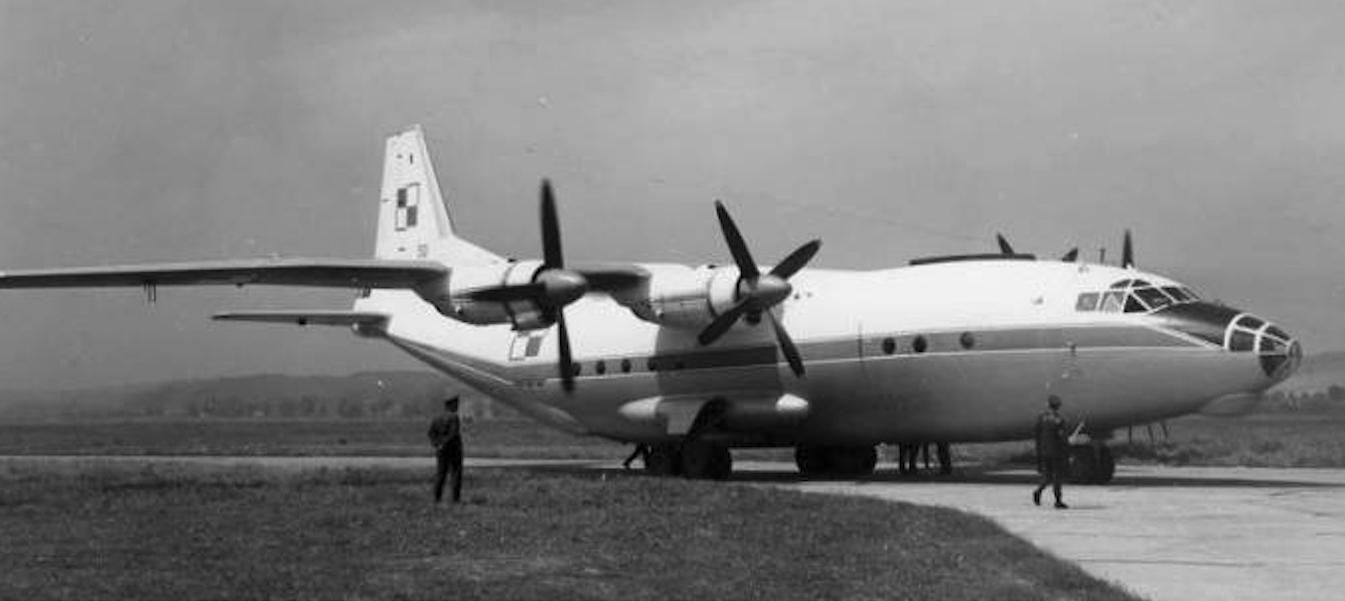
In September 1967, in accordance with the trend prevailing in the Polish Army at that time, the transport unit (55 PLTr) returned to the name from the period of World War II and by Order of the Minister of National Defense No. 025 on September 30, 1967, it was named the 13th Transport Aviation Regiment.
In 1968, Balice Airport was a witness and participant in the aggression of Warsaw Pact troops against Czechoslovakia. On August 20, 1968, there was good flying weather. However, 13 PLTr did not undertake training flights. In the morning, without prior notice, several Soviet An-12 transport planes landed at Balice Airport. The Russians ordered the planes to be refueled, which took several hours due to the number of machines. Operation "Danube", the codename for the military aggression against a supposedly sovereign country, began on August 20, 1968, at 11:00 p.m. and Soviet planes with soldiers and equipment flew from Balice Airport to Czechoslovakia.
Antonov An-26. 1972 year.
On September 13, 1972, the first An-26 transport aircraft purchased from CCCP, which ended their service in 2008, landed at the airport.
From 1970, a new organizational structure was in force in the 13th Regiment; 1st Squadron – An-26 planes (12 pieces). 2nd Squadron – An-2 planes. 3rd Squadron – Il-14 (maximum 17 pieces) and An-12 (2 pieces). During this period, the remaining Li-2 aircraft and part of the Il-14 were withdrawn from service. Some Il-14 aircraft were adapted to perform photogrammetric tasks.
From July 1979, the 2nd Squadron of the 13th Regiment began permanent duty in the National Emergency Medical System. This was related to the end of the service life of aircraft operated by the Air Rescue Service.
In 1980, 13 PLTr began working with the National Bank of Poland, transporting money from its headquarters in Warsaw to several cities in Poland.
Written by Karol Placha Hetman
